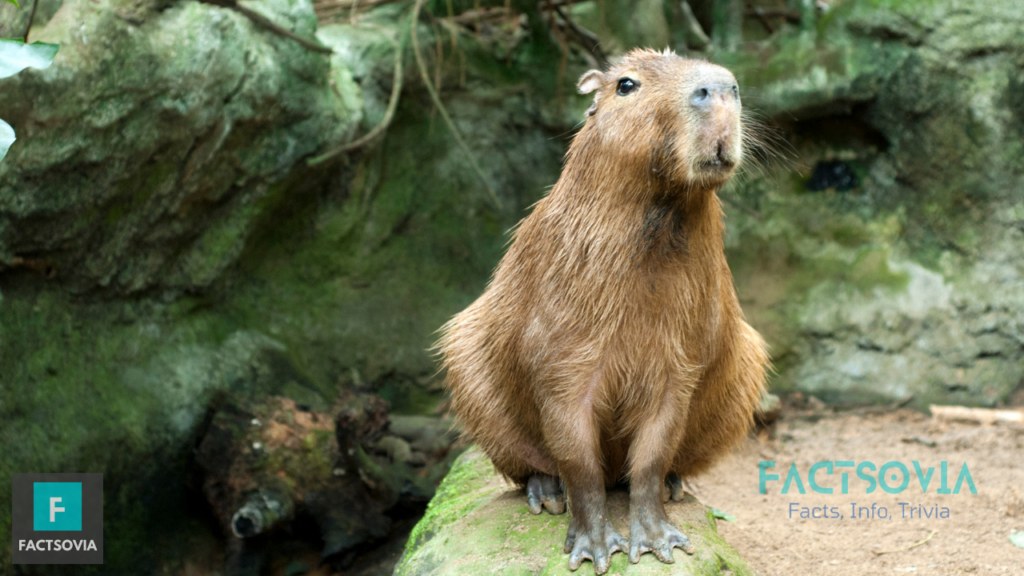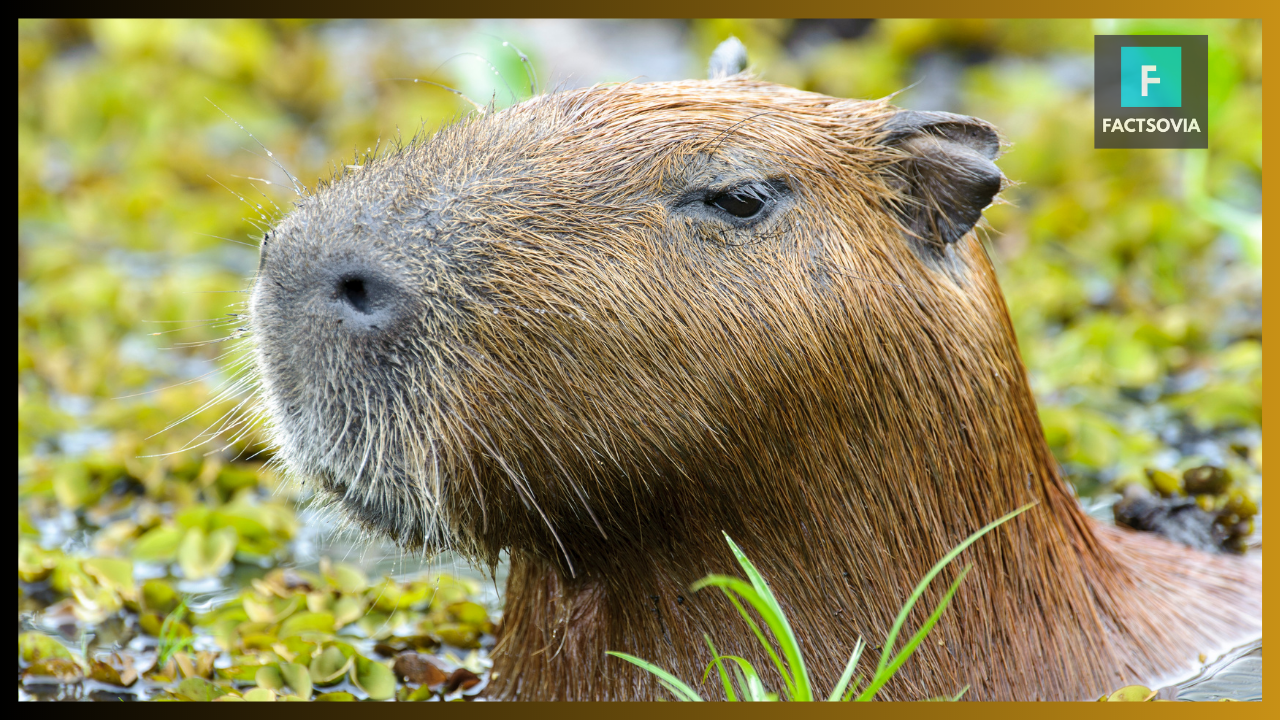We use affiliate links to run our site. When you buy through links on our site, we may earn an affiliate commission, without any added cost to you. Learn more
If you have ever heard of a capybara, you might have wondered where it lives. Capybaras are fascinating creatures that live in South America.
They are the largest rodents in the world and can weigh up to 140 pounds. They are social animals that enjoy living in groups and are known to be very friendly.
In this article, we will explore where capybaras live, their habitats, and how they adapt to their environments.
Different Species
There is only one species of capybara, Hydrochoerus hydrochaeris. However, there are two subspecies: the H. h. hydrochaeris and H. h. isthmius.
The H. h. hydrochaeris is found in South America, while the H. h. isthmius is found in Panama.
Geographical Range
Capybaras are native to South America and can be found in most countries, including Brazil, Argentina, Colombia, and Uruguay.
They are semiaquatic animals and prefer to live near water, such as rivers, lakes, swamps, and marshes.
Habitat Preferences
Capybaras are adaptable creatures and can live in a variety of habitats, including grasslands, forests, and savannas. They prefer to live in areas with a lot of vegetation, including aquatic plants and grasses, as they make up a significant part of their diet.
Capybaras are also good swimmers and can stay underwater for up to five minutes.
Factors Affecting Survival
The survival of capybaras is closely linked to their habitat. Changes in the environment, such as deforestation, pollution, and urbanization, can have a significant impact on their population.
Capybaras are also hunted for their meat and hide, which puts additional pressure on their survival.

Threats to the Populations
The biggest threat to capybaras is human activity. Habitat destruction, hunting, and poaching are the most significant factors affecting their populations.
Capybaras are hunted for their meat, hide, and fat, which are used for traditional medicines. The destruction of their habitats also makes them vulnerable to predators, such as jaguars and anacondas.
Adaptations
Capybaras have evolved a number of adaptations that help them survive in their environments.
Their long, sharp teeth allow them to chew tough vegetation, while their webbed feet make them excellent swimmers.
Capybaras also have a unique digestive system that allows them to break down tough plant material, such as cellulose.
Interaction with Humans
Capybaras are known to be friendly creatures and are sometimes kept as pets. However, owning a capybara requires a lot of responsibility and specialized care.
Capybaras are also hunted for their meat and hide, which has led to a decline in their populations. In some areas, they are considered pests and are hunted to control their numbers.
In Popular Culture
Capybaras have become popular in recent years due to their friendly nature and unique appearance. They have been featured in several movies, TV shows, and video games, including Animal Crossing and Far Cry 6.
Capybaras have also become popular as pets, although owning one requires specialized care and attention.
Conclusion
Capybaras are fascinating creatures that are native to South America. They are the largest rodents in the world and can weigh up to 140 pounds. Capybaras are social animals that prefer to live in groups and are known for their friendly nature.
Their survival is closely linked to their habitat, which is under threat due to human activity. Despite these challenges, capybaras continue to adapt and survive in their environments, showcasing their resilience and tenacity.
FAQs
Can capybaras be kept as pets?
Yes, capybaras can be kept as pets, but they require specialized care and attention.
How long do capybaras live?
Capybaras can live up to 8-10 years in the wild and up to 12 years in captivity.
What do capybaras eat?
Capybaras are herbivores and mostly eat grasses, aquatic plants, and fruits
Are capybaras endangered?
Capybaras are not currently considered endangered, but their populations are threatened due to habitat destruction and hunting.
Are capybaras dangerous to humans?
Capybaras are generally friendly and not dangerous to humans. However, they are wild animals and should be approached with caution.
Amazon and the Amazon logo are trademarks of Amazon.com, Inc, or its affiliates.
